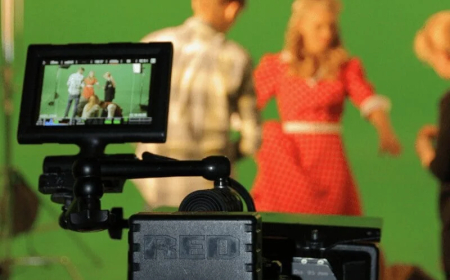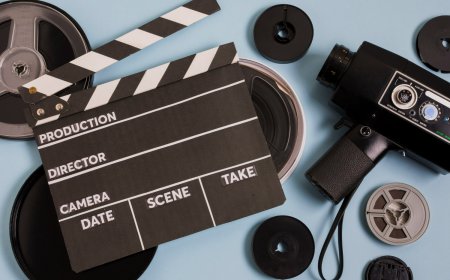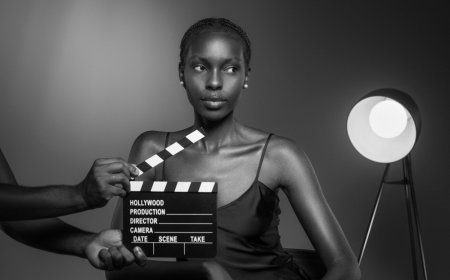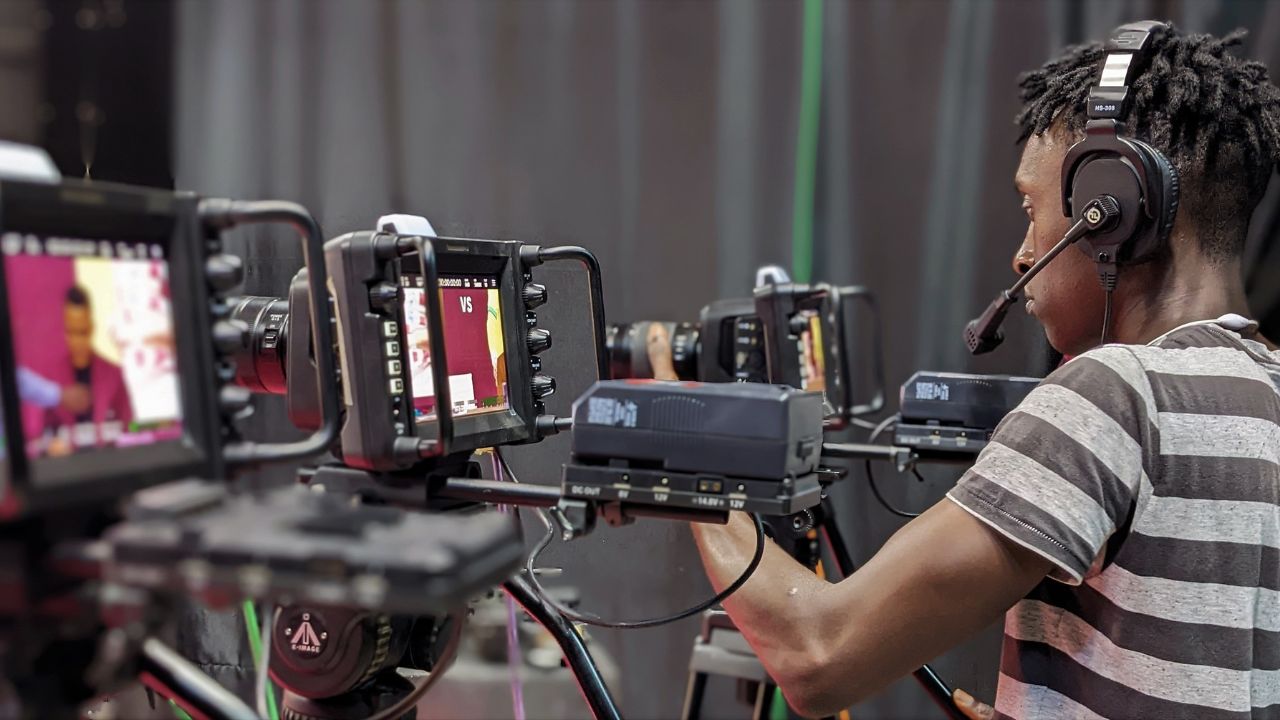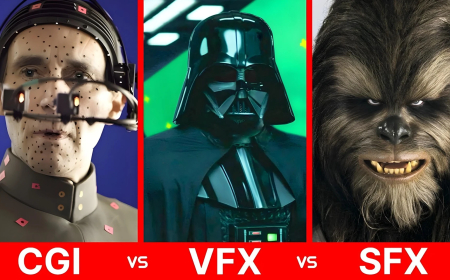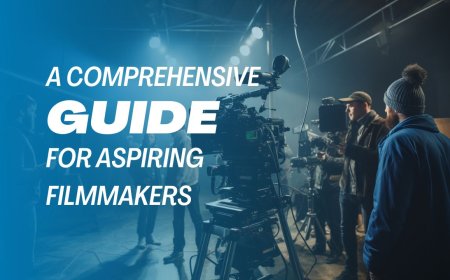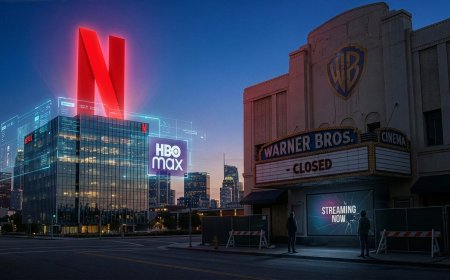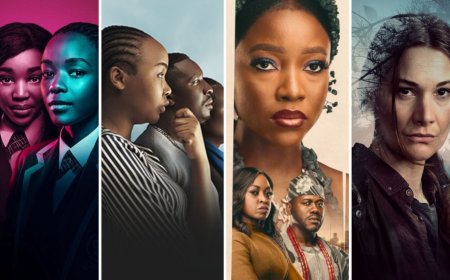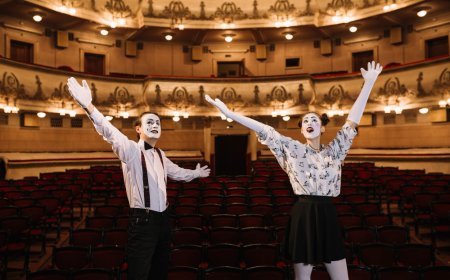Illuminating the Art of Cinematography: What Is a Cinematographer?
Illuminating the Art of Cinematography: What Is a Cinematographer?
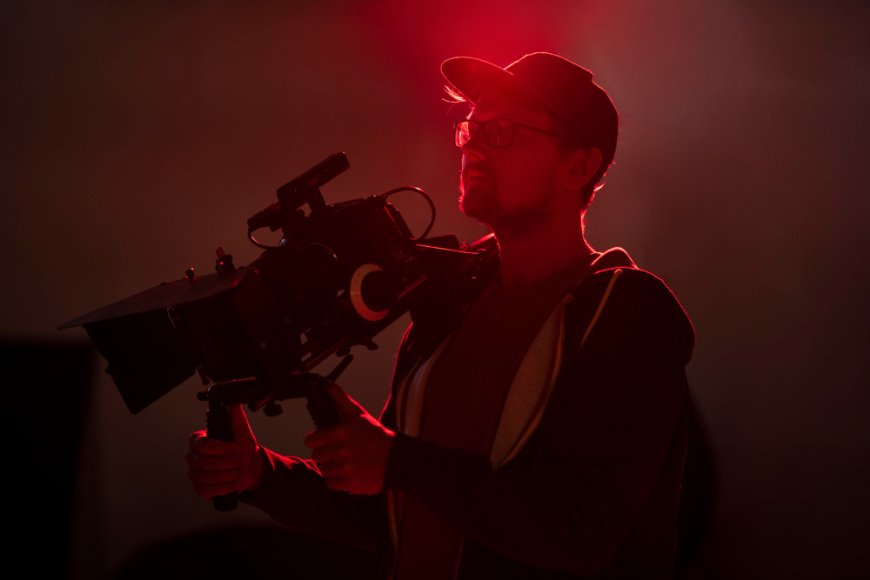
Introduction
When we watch a film and marvel at its breathtaking visuals, its evocative mood, and its compelling storytelling, we owe a significant debt to a group of artists who often work behind the scenes. These are the cinematographers, the visionaries responsible for capturing the magic of moving images on screen. In this article, we will delve into the fascinating world of cinematography, explore the roles and responsibilities of a cinematographer, and understand the artistry behind their work.
Defining a Cinematographer
A cinematographer, also known as a director of photography (DP), is a skilled professional who specializes in the art of visual storytelling. They are responsible for translating the director's vision into images, creating the film's visual language, and collaborating with a team of professionals to capture and shape the story through the lens of a camera.
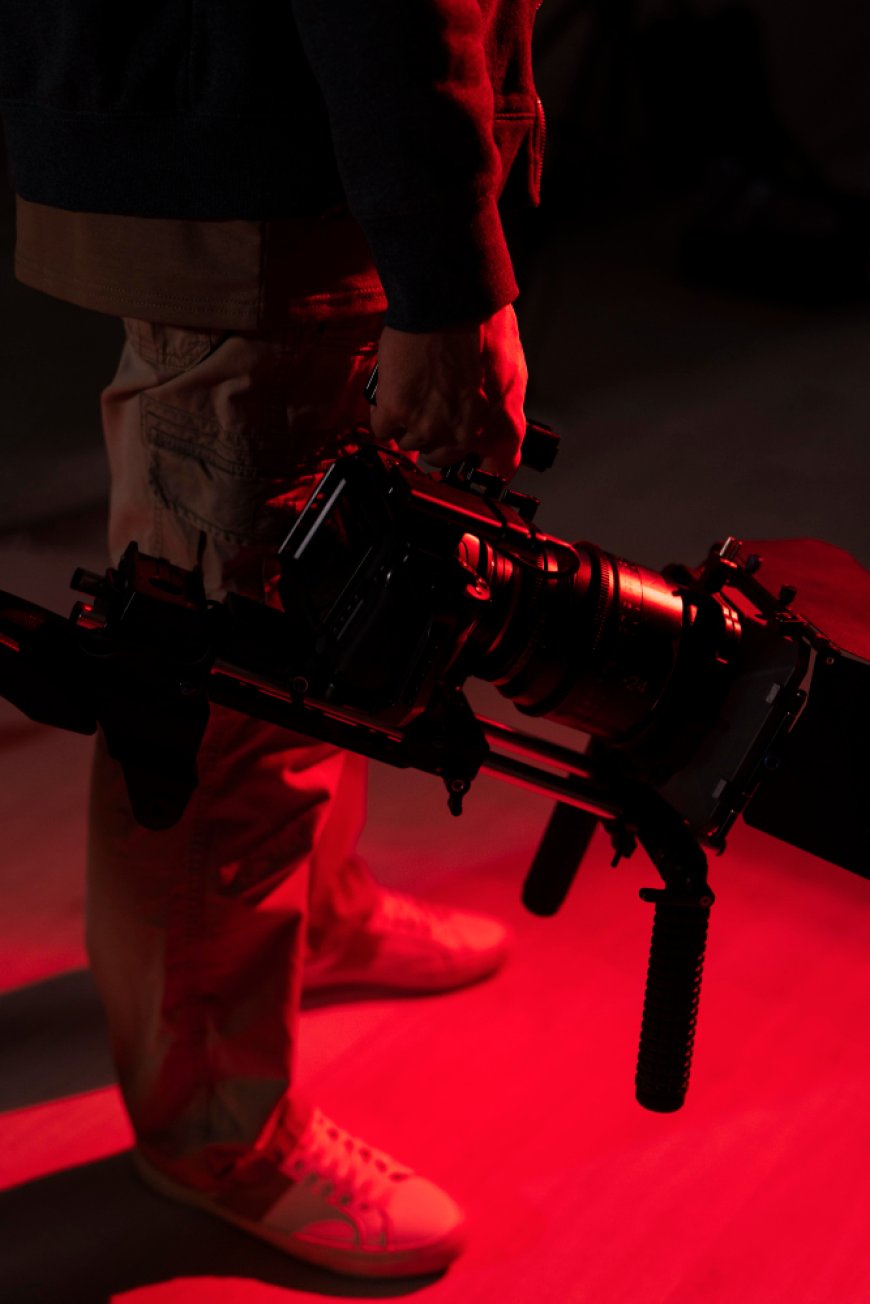
Key Responsibilities of a Cinematographer
-
Visualizing the Director's Vision: The cinematographer's primary task is to understand the director's vision for the film. They work closely with the director to develop a visual style that aligns with the narrative, setting the tone and mood of the story.
-
Camera Operation and Framing: Cinematographers are responsible for choosing the appropriate camera equipment and lenses and determining camera angles, framing, and movement. Their choices in framing scenes and shots greatly influence the audience's emotional connection to the story.
-
Lighting: Controlling lighting is a critical aspect of cinematography. Cinematographers design and execute lighting plans that complement the story's mood and the director's vision. They use various lighting techniques to create the desired atmosphere, from soft, romantic lighting to dramatic, high-contrast effects.
-
Shot Composition: Cinematographers decide how each shot is composed, ensuring that the visual elements, including actors, objects, and background, come together harmoniously to convey the intended message and emotional impact.
-
Camera Movement: Cinematographers are skilled in camera movement techniques, such as tracking shots, dolly shots, and crane shots, which add depth, dynamism, and dimension to the visuals.
-
Collaboration: They work closely with the director, art directors, costume designers, and other crew members to create a unified visual style that enhances the storytelling.
-
Post-Production: Cinematographers are involved in the post-production process, collaborating with editors and colorists to ensure the final visual quality meets the established standards.
Artistry of a Cinematographer
Cinematography is both a science and an art. It involves a deep understanding of camera equipment, lighting, and technical aspects of filmmaking, coupled with a unique artistic sensibility. Cinematographers paint with light, using shadows and highlights to craft scenes that immerse the audience in the story. They make critical decisions about color palettes, aspect ratios, and visual motifs to evoke emotions and enhance the narrative.
The best cinematographers have distinct visual signatures, creating a strong visual identity for each film they work on. They understand the power of the visual language, using their skills to enhance the storytelling and connect audiences with the characters and themes.
Conclusion
Cinematographers are the magicians behind the lens, shaping the visual world of cinema. Their work transforms a story into a captivating, immersive experience that lingers in the minds and hearts of the audience. Next time you watch a film and marvel at its stunning visuals, remember the cinematographers who brought those images to life. Their artistry is a vital element of the cinematic journey, helping us see the world through the lens of storytelling.
